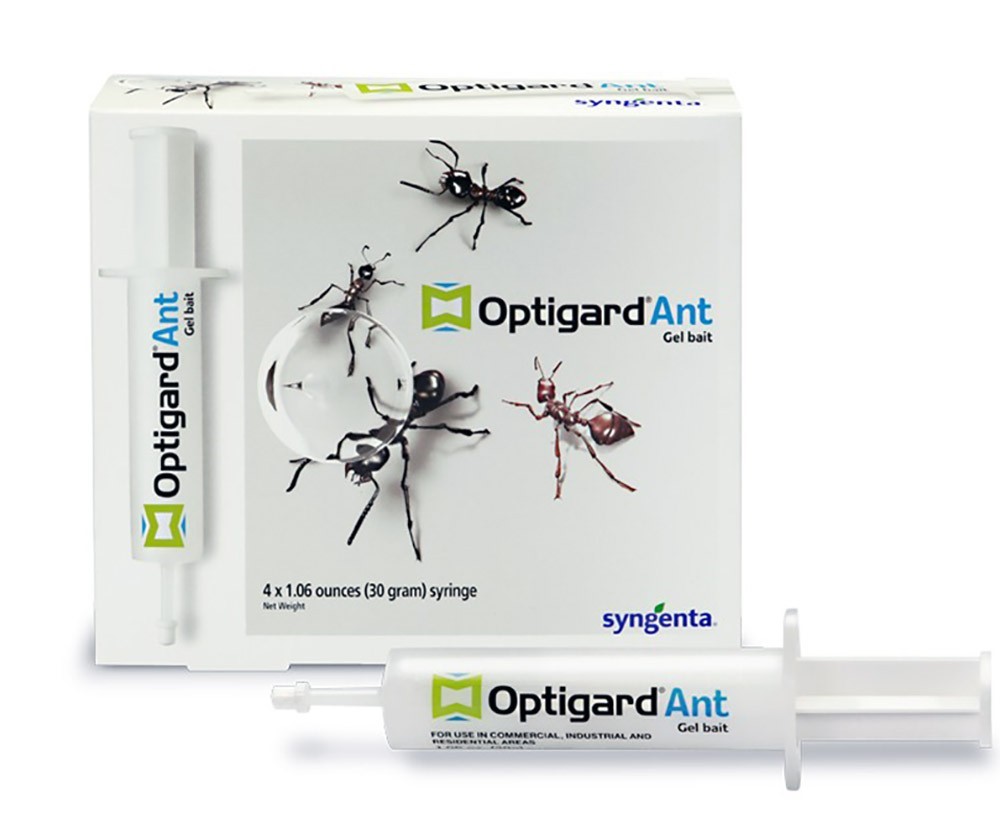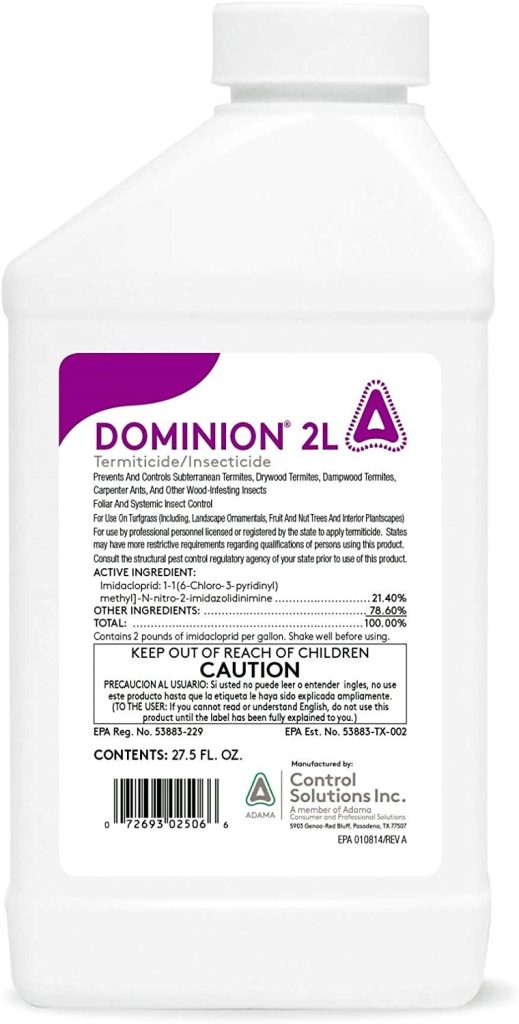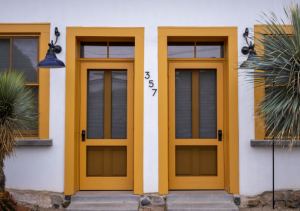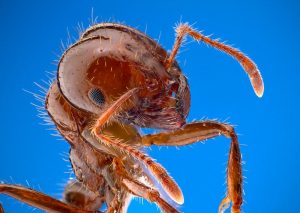How to Get Rid of Argentine Ants
Argentine ants – What they look like, How you get them & How to get rid of them.
Linepithema Humile
Facts, Identification & Control
Argentine Ants formerly known as ridomyrmex humilis, is an ant species that thrives in warm, dry and open environments. Sporadically, they can be seen forming massive populations in locations like Florida.
Argentine ants one of the most invasive ant species in the world according to ISSG. They have spread worldwide in areas with Mediterranean-type climates and are generally associated with disturbed habitats as a result of commercial activities. Argentine ants tolerate a range of abiotic living conditions. Its generalist dietary requirements and unicolonial organization allow it form supercolonies, where it can easily occupy a vast area.
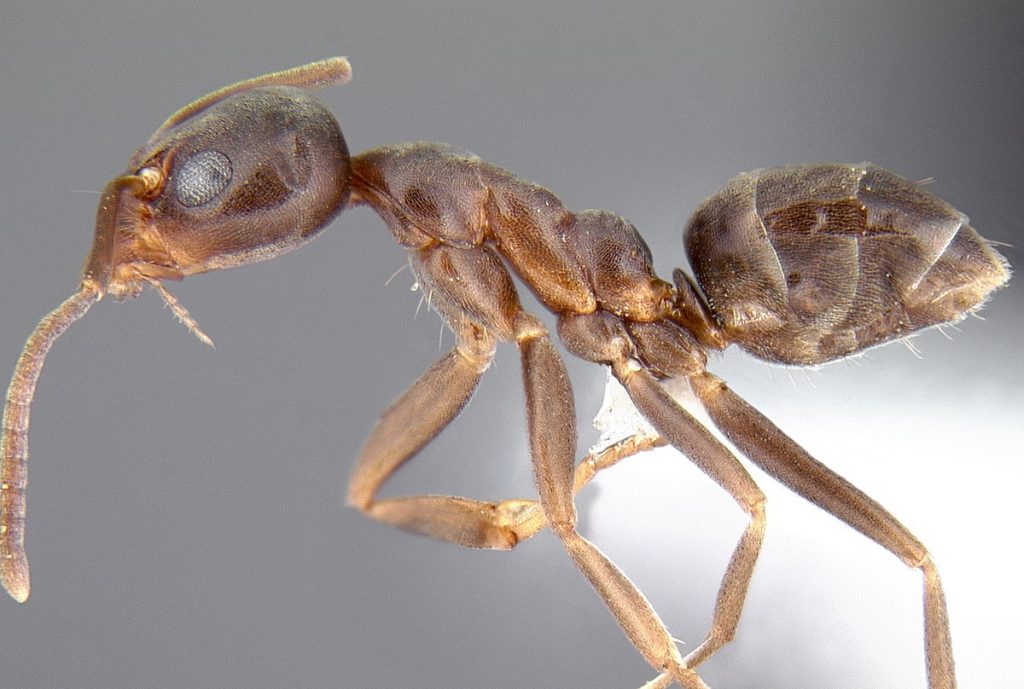
Linepithema Humile 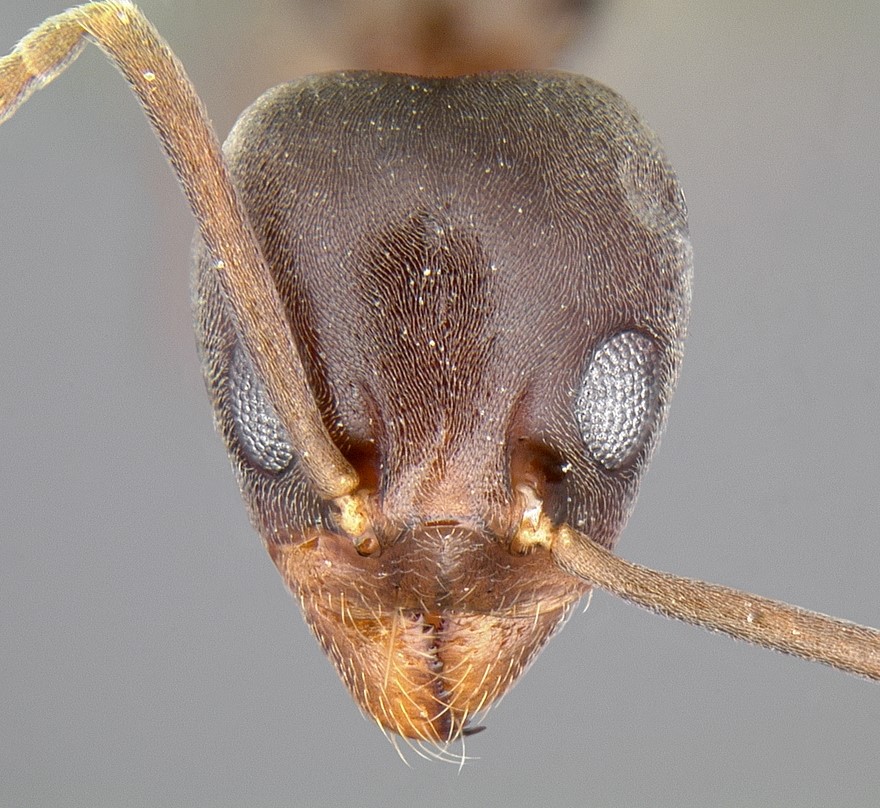
Face view close up of Argentine Ant
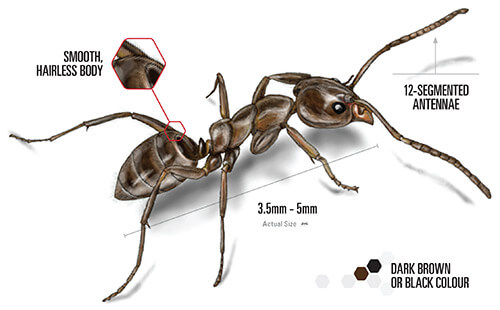
Identification & Characteristics
- Other Names: Formerly known as Iridomyrmex humilis. Internationally known as hormiga Argentina
- Odor: Argentine ants give off a musty odor when crushed
- Color: Red to yellowish brown
- Size: Workers are 0.06-0.11 inches long and queens are 0.17-0.25 inches long
- Legs: Six
- Antennae: Yes, with 12 segments with no defined club
- Shape: Large mandibles. Front face above the mandibles with broad, shallow concavity. Tear-drop shaped head with widest point above eyes. Workers have elliptical thorax, larger than the head, while queens have larger thorax, as wide as the head.

Habitat
Argentine ants thrive well in subtropical and Mediterranean climates. They don’t do well in extremely cold, arid, humid or tropical environments. They are mainly found in close association with humans and prefer areas that are anthropogenically disturbed. It is capable of colonizing natural ecosystems around the world.
Argentine ants can be typically found on the following areas:
- Cultivated or agricultural lands
- Disturbed areas
- Railroad sidings
- Roadsides
- Urban and suburban areas
- Buildings
- Around stony areas
- Beneath plants
- Fallen and rotting tree limbs
- Tree stumps
- Residential homes
- Forests
- Shrublands
- Around water
These ants are native to the subtropical South American regions covering areas between northern Argentina, southern Brazil, Uruguay and Paraguay. They have also been reported to occur in California, Oregon and Illinois, USA.

Behavior
Argentine ants rarely disturb each other. Colonies seldom compete with others, unlike most species of ant. Their genetic makeup is so standard that ants from one nest can co-mingle in another nest without being harmed or attacked. Therefore, they can build super colonies. Some groups of these ants have extraordinary social organization that is responsible for their ecological domination. There is a very large colony which covers areas from San Diego to areas beyond San Francisco, and may have an estimated population of about one trillion ants.
Fights does not occur between members of different super colonies. However, native populations are more genetically diverse and differentiated among colonies and across space, where they form smaller colonies. Argentine ants tend to co-exist even with other species of ants.
Argentine ants are omnivorous. Their food is mostly composed of liquid and a small percentage of solid food, mainly insects. The collected liquid is linked to the feeding of males and workers mostly on carbohydrates, which is the primary nutrient of the liquid food collected. This liquid food consists of nectar or honeydew mostly. The collected solid food is related to the feeding of larvae and queens. Because of its high protein content, this is the primary nutrient consumed by the queen that plays a vital role in her development and egg-laying.

Reproduction
The only member of the colony that can lay eggs is the queen, since workers are completely sterile, however they can rear the brood into sexuals, in colonies that have no queen. Argentine ants can produce three different types of individuals: males, queens and workers. They also produce three types of immature ants: egg, larvae and pupae. Argentine ants have an intranidal mating system, which means that they do not engage in mating flights, as it takes place in the nest.
Once fertilized, the queen cuts off her wings. This facilitates ovarian maturation and consequent production of eggs. Fertilized eggs, also known as diploid eggs, will develop into female ants (both workers and queens), and the non-fertilized eggs, known as haploid eggs will develop into male ants.

Danger?
Argentine ants invade crops and plantations because of the mutualistic interactions with hemipterans, which can affect the production and growth of the host plant. It’s also been found that they can transfer a pathogenic fungus that also affects the growth of crops in plantations.
These ants do not have stingers and only bite when provoked. However, the bites are not severe and pose no major health risks.
Their bites are not a major concern, but they are known to crawl over sewage, trash and dead animals while foraging for food, hence they are probable carriers of disease-causing bacteria for conditions such as dysentery. They can contaminate food.
There have been reported cases that they have been seen attacking poultry chicks and destroy beehives.

Signs of an Argentine Ant Infestation
The most common sign of Argentine ant infestation is seeing the trails of ants, often travelling up on walls, buildings, trees and shrubs. The trails are often large and noticeable.
Argentine ants are “trailing ants” which means that thousands of ants will walk single file following a trail that about 200 feet or longer from their nest going to a food source. The trail is one of the major indicators that they are present and are nesting near your home. Other signs include:
- Foul, musty smell that they omit when crushed
- Ants present in large numbers; on beds, furniture, and clothing, or in cupboards, food pantries, refrigerators, stoves etc
- Ants flocking to areas of moisture such as around pipes or bathroom areas

Controlling Argentine Ants
Controlling Argentine ants, locating their nests and hiding places can be challenging, especially when they have found their way into your home or building. It is necessary to locate where they are entering your property and to locate the nests where they are living in.
These ants are a common household pest, often entering facilities foraging for water and food, actively during dry or hot weather. They also enter buildings or homes to escape flooded nests or heavy rainfall.
Indoor Control
You can use diatomaceous earth like Harris Diatomaceous Earth indoors to get rid of Argentine Ants, by dusting the trails, feeding sites and nest entrances. You can also use ant baits inside the house to attract the ants and have them bring the poison back to the colony and possibly kill the nest.
Baits are best used to control Argentine ant invasion by using workers as a vehicle for transmission. The worker ants will feed on the bait and transmit the toxins through trophallaxis to larvae and the queens. These commercial baits contain an active toxic ingredient as an attractant in the form of a food resource. This type of control method has resulted in significant reductions in numbers of Argentine ants in infested areas.
Outdoor Control
You can use slow-acting poison bait like fipronil based insecticides such as Taurus SC. Taurus SC has 91% Fipronil and has immediate effects. Directions include up to four (4) applications per year at 0.03% dilution rate on outside surfaces and along the foundation perimeter of infested structures. The ants get lured into these baits and bring back a poisonous substance to the nest which kills the remaining ants. Once you are able to find the nest, you can also use insecticides to drench the nest and drown the rest of the colony.

Best Products to Get Rid of Odorous House Ants
Inside the House:
Argentine ants are difficult to manage or control within structures. When colonies are removed from a building, new colonies quickly move in to the area and nests again. It is important to have the inside and outside of the infested structure surveyed to locate all the colonies. These ants nests are in moist areas. Some recommended products that you can use inside the house are:
Recommended Bait Types:
Best Products for Outside the House:
For outdoor spraying or drenching, you must apply enough insecticide to soak the nest and to drown the ants.
You would spray the outside with Taurus around the perimeter. Usually spraying the perimeter is enough treatment for Argentine ants.
Use Dominion 2L as both a perimeter treatment and to spray foliage, turf, flower beds and ground cover.
Recommended Sprays:
Seeking Professional Help
Locating the nest is a difficult and time-consuming process. If you have tried and do not feel that you are successfully eradicating the ants, you can call for a professional pest control service. Pest control companies have several techniques and treat every infestation differently. They have ample training and have access to more advanced treatments that can help control and manage the infestation more effectively.
Dial (866) 250-4176 for a free exterminator quote!

Preventing Infestations
After a proper and complete treatment, there are things that you can do to prevent re-infestation of Argentine Ants:
- Store food in sealed containers or inside sealed storage boxes or in the fridge.
- Do not leave food on counters or table tops.
- Trim back trees and bushes from the outside of your home so that they cannot use the branches as highways to enter your home.
- Seal cracks and small gaps on the walls, foundation beams, windows and doors.
- Limit areas of moisture around your home.
- Fix any leaky pipes in and outside your house.
- Remove clutter around your home, remove unused materials and other piles of things, re-organize from time to time.
- Store wood piles and other building materials away from the house.

Resources
- Wikipedia
- AntWiki
- Urban Entomology – Texas A&M University
- Invasive Species Compedium
- Commons.wikimedia.org


